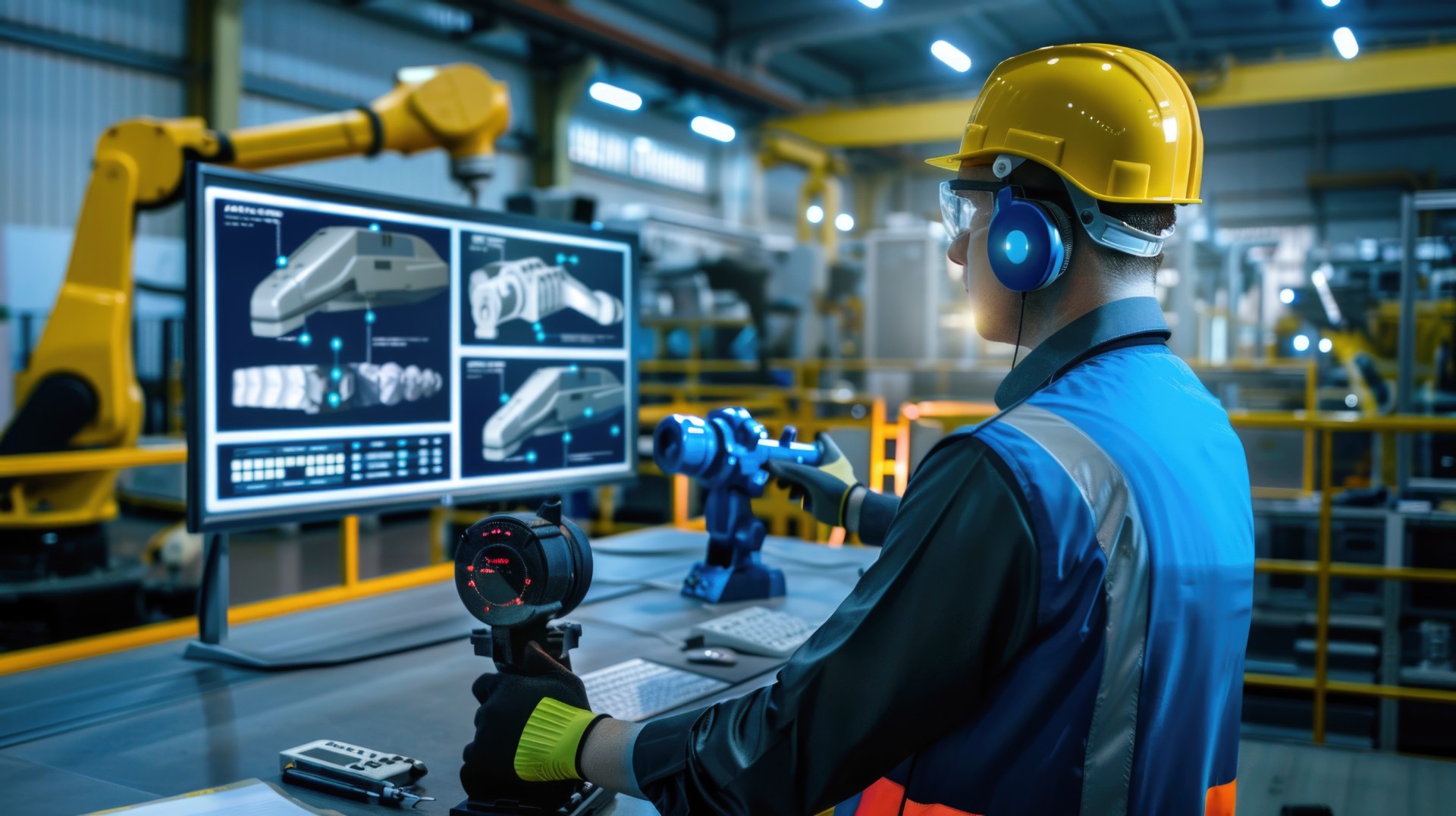In smart facilities, the Internet of Things (IoT) is at the forefront of technological innovation, with IoT sensors playing a pivotal role in transforming facility management. By collecting real-time data on everything from air quality to occupancy and energy usage, IoT sensors help facilities run more efficiently and sustainably.
1. What Are IoT Sensors?
IoT sensors are devices that collect data from their environment and transmit it over the internet to other systems for analysis. These sensors can monitor a variety of parameters such as temperature, humidity, light levels, motion, and air quality. By connecting physical objects to the digital world, IoT sensors provide real-time insights that help improve decision-making, optimize resource usage, and enhance the overall facility environment.
2. How Do IoT Sensors Work?
IoT sensors function by continuously collecting data from their surroundings and sending it to cloud-based systems or local servers through a wireless network. This data is then analyzed and processed to provide actionable insights. For example, a temperature sensor in a building’s HVAC system might detect that the temperature has risen above a set threshold, triggering an automatic adjustment in the cooling system.
IoT sensors communicate with facility management systems, like FacilityBot, to automate actions and ensure efficient building operations.
3. Types of IoT Sensors for Facility Management
Different types of IoT sensors serve various purposes in facility management:
- Indoor Air Quality (IAQ) Sensors: Track pollutants, CO2 levels, and overall air quality to maintain a healthy indoor environment.
- Occupancy Sensors: Detect presence and movement to control lighting, HVAC, and security systems efficiently.
- People counting sensors: track occupancy in real-time, allowing facility managers to manage crowd control, energy consumption, and optimize space utilization effectively.
- Smart Toilet Sensor: equipped with sensors that monitor usage, cleanliness, and even water consumption. They provide insights into maintenance needs, helping to ensure hygiene standards are met.
- Occupancy sensors: detect movement or presence in a space, enabling automated lighting, HVAC adjustments, and room booking systems, contributing to energy savings and space efficiency.
- LoRaWAN (Long Range Wide Area Network) gateways: collect and transmit data from IoT sensors over long distances, ideal for large-scale facilities. They enable seamless connectivity between various sensors without the need for expensive infrastructure.
- Sensor Kits:Comprehensive sensor kits can include multiple types of IoT sensors, from temperature and humidity sensors to occupancy trackers, all working together to provide a holistic view of facility conditions and performance.
4. Benefits of Using IoT Sensors in Facility Management
The integration of IoT sensors into facility management systems like FacilityBot brings several significant benefits:
- Real-Time Monitoring: Facility managers can receive up-to-the-minute data on building conditions, enabling faster response times to issues.
- Energy Efficiency: IoT sensors help automate lighting, heating, and cooling systems based on occupancy and environmental conditions, reducing energy waste.
- Predictive Maintenance: Sensors embedded in equipment can monitor performance and trigger maintenance alerts when abnormalities are detected, preventing breakdowns and extending asset life.
- Improved Comfort and Safety: IoT sensors monitor environmental factors like air quality, lighting, and temperature to create a safer and more comfortable workplace.
- Data-Driven Decisions: Facility managers gain access to detailed data analytics that can be used to optimize building performance and reduce costs.
5. Common Applications of IoT Sensors in Facility Management
IoT sensors are highly versatile and can be applied in various ways to improve building operations:
- Smart HVAC Control: Sensors can adjust heating and cooling systems in real time, based on occupancy and environmental conditions, to ensure optimal energy use.
- Lighting Automation: Motion and occupancy sensors can turn lights on and off depending on room usage, cutting energy waste and extending the life of lighting systems.
- Air Quality Monitoring: IAQ sensors help maintain a healthy environment by tracking pollutant levels and ensuring air purification systems are activated when necessary.
- Security and Access Control: Sensors in doors, windows, and cameras help monitor building access and prevent unauthorized entry.
Wrapping It Up: Unlock the Power of IoT Sensors with FacilityBot
IoT sensors are a game-changer for facility management, providing real-time data that enhances efficiency, comfort, and sustainability. With FacilityBot, you can easily integrate and manage these sensors, creating a smart building that operates seamlessly and proactively.
Ready to implement IoT sensors for smarter facility management? FacilityBot offers the ideal solution for sensor integration, real-time monitoring, and data analysis, driving smarter, and more sustainable building operations.




